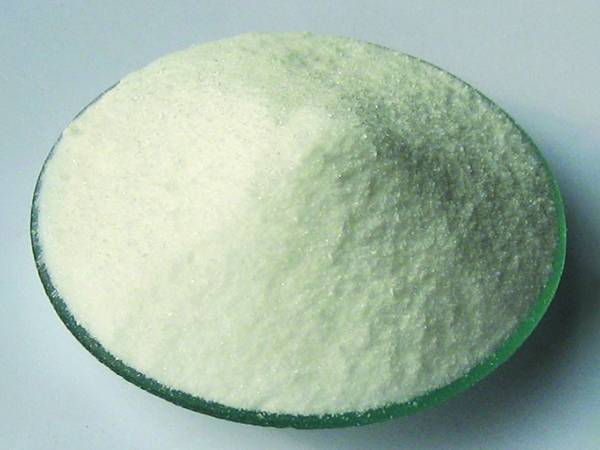



Safety Data Sheet for Sodium Bisulfate Handling and Use Guidelines
Understanding the Safety Data Sheet for Sodium Bisulfate
Sodium bisulfate, also known as sodium hydrogen sulfate (NaHSO₄), is a widely used chemical compound primarily known for its applications in various industrial and household processes. To ensure safety and compliance when handling sodium bisulfate, it is essential to refer to its Material Safety Data Sheet (MSDS). This article will discuss the key aspects of the sodium bisulfate MSDS, including its properties, hazards, handling, and emergency measures.
Chemical Properties
Sodium bisulfate is a white crystalline powder that is highly soluble in water. It is an acidic salt formed from the neutralization of sulfuric acid with sodium bicarbonate or sodium carbonate. The solution of sodium bisulfate has a pH of about 1 to 2, indicating its highly acidic nature. This property makes it an effective pH lowering agent in various applications, including swimming pools, cleaning products, and food processing.
Hazards Identification
According to the MSDS, sodium bisulfate is classified as a corrosive material. Exposure to the compound can result in severe irritation to the skin, eyes, and respiratory tract. Inhalation of the dust can lead to breathing difficulties, coughing, and irritation of the nasopharyngeal area. Direct contact with the powder or solutions can cause skin burns and eye damage, emphasizing the need for appropriate protective equipment when handling the chemical.
Handling and Storage
sodium bisulfate msds sheet

When working with sodium bisulfate, it is crucial to follow recommended handling practices outlined in the MSDS. Users should always wear appropriate personal protective equipment (PPE), including gloves, safety goggles, and respirators as necessary. Work should be conducted in a well-ventilated area to minimize the risk of inhalation of dust or vapors.
Sodium bisulfate should be stored in a cool, dry place away from incompatible materials, including strong bases and oxidizing agents. The storage containers should be clearly labeled to prevent accidental exposure or misuse. It is also advisable to keep the material away from moisture, as it is hygroscopic and can absorb water from the air.
First Aid Measures
The MSDS provides critical first aid procedures in the event of exposure to sodium bisulfate. If skin contact occurs, it is recommended to remove contaminated clothing and wash the affected area with copious amounts of water for at least 15 minutes. In the case of eye contact, flushing the eyes with water for at least 15 minutes is imperative, and medical attention should be sought immediately.
For inhalation, moving the affected individual to an area with fresh air is crucial, and if breathing difficulties persist, oxygen or resuscitation may be required. The MSDS emphasizes the importance of seeking medical attention irrespective of the severity of the exposure.
Conclusion
The MSDS for sodium bisulfate serves as a vital resource for understanding the safety, handling, and emergency procedures associated with this chemical. Awareness of its properties, potential hazards, and proper handling techniques can mitigate risks and ensure a safe working environment. By adhering to the guidelines provided in the MSDS, individuals can successfully utilize sodium bisulfate in various applications while safeguarding their health and the environment. Always remember, safety comes first; thorough knowledge and preparation are essential components when dealing with hazardous materials.
-
Why Sodium Persulfate Is Everywhere NowNewsJul.07,2025
-
Why Polyacrylamide Is in High DemandNewsJul.07,2025
-
Understanding Paint Chemicals and Their ApplicationsNewsJul.07,2025
-
Smart Use Of Mining ChemicalsNewsJul.07,2025
-
Practical Uses of Potassium MonopersulfateNewsJul.07,2025
-
Agrochemicals In Real FarmingNewsJul.07,2025
-
Sodium Chlorite Hot UsesNewsJul.01,2025










